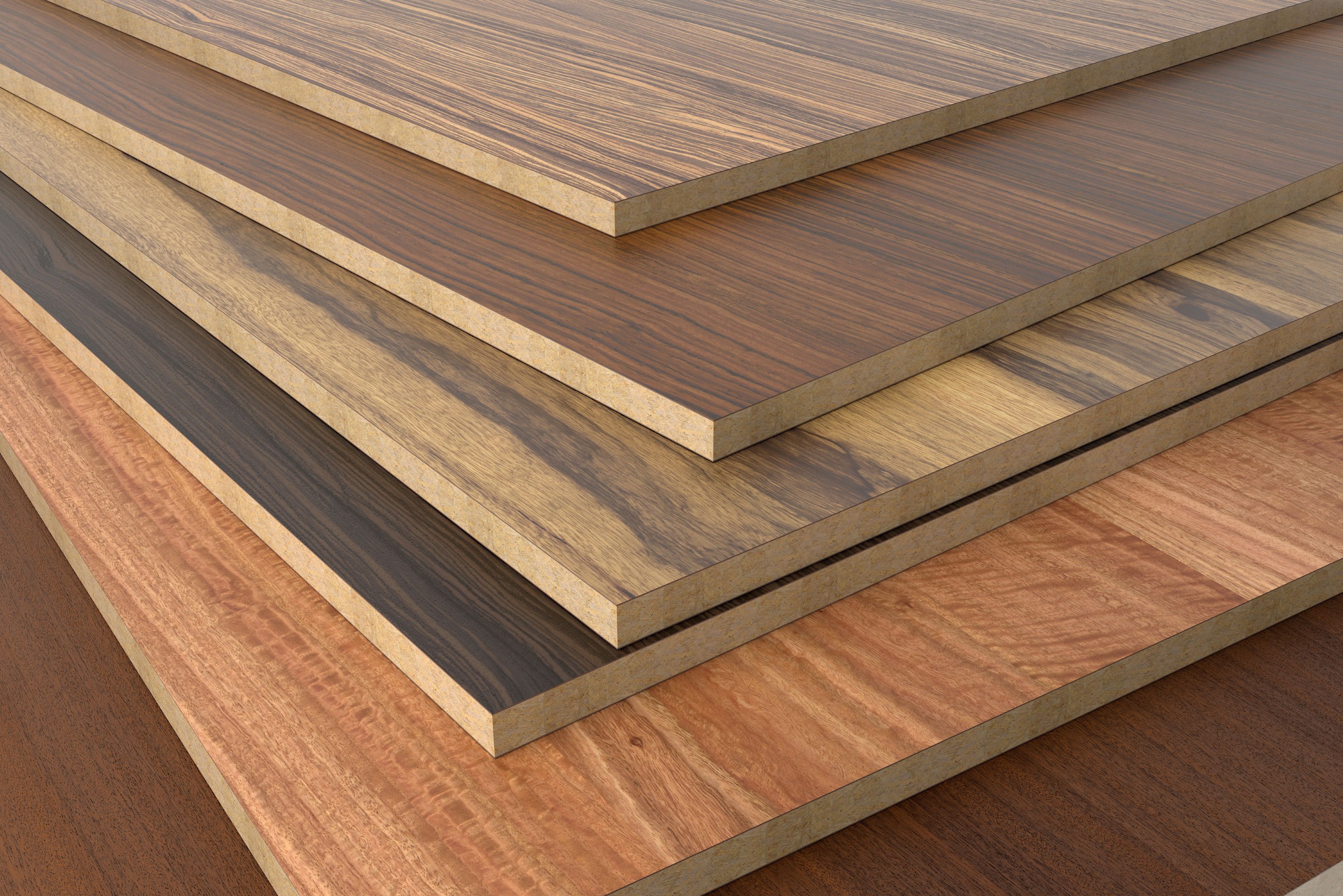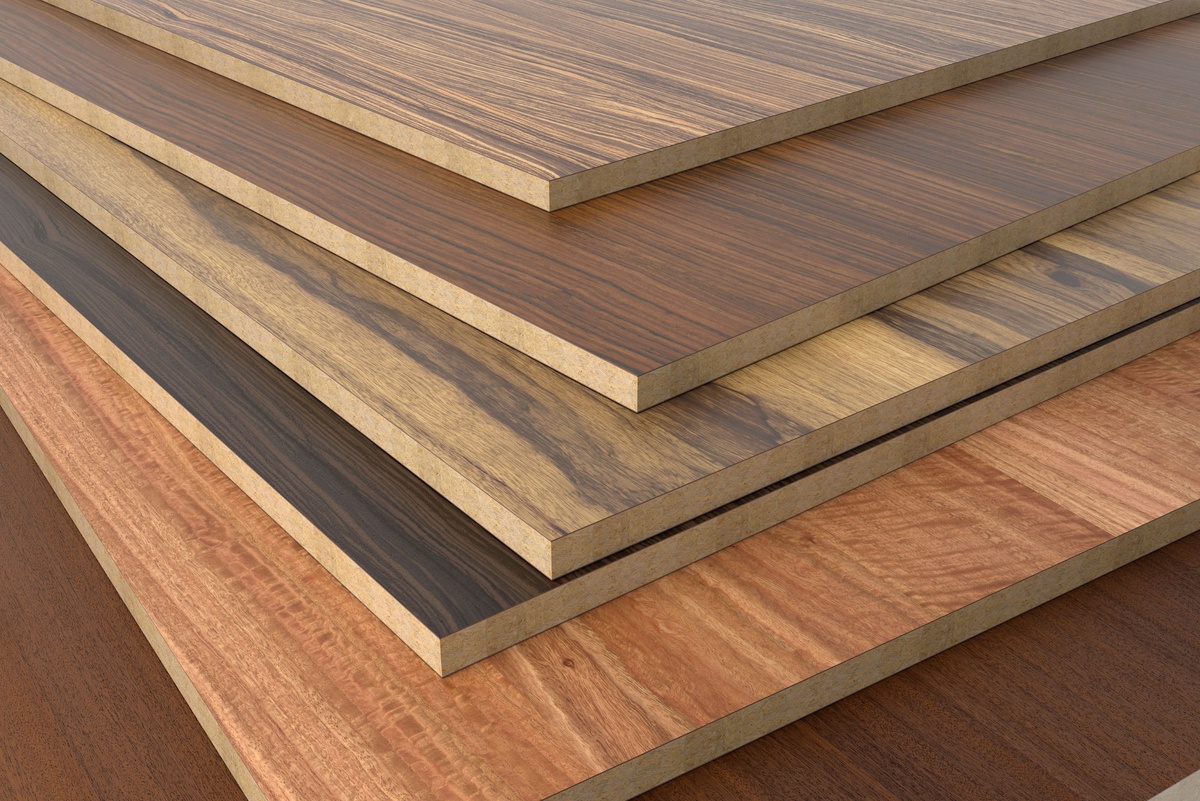When it comes to marine construction projects, one of the most critical decisions you'll make is choosing the right marine plywood. Whether you're building a boat, a dock, or any other marine structure, the quality of your plywood can significantly impact the durability and longevity of your project.
In this guide, we'll walk you through the essential factors to consider when selecting plywood marine sheets to ensure it meets your specific needs.
Understanding the Importance of Marine Plywood
Before diving into the selection process, it's crucial to understand why marine plywood is so essential for marine applications. Unlike regular plywood, marine plywood is specifically designed to withstand the harsh conditions of constant exposure to moisture, saltwater, and extreme weather.
Its durability and resistance to rot and delamination make it the ideal choice for any project in or near the water.

Key Factors to Consider
- Grade and Quality
The first step in choosing the right marine plywood is selecting the appropriate grade and quality. Marine plywood typically comes in different grades, with "A" being the highest quality and "D" being the lowest.
Grade A marine plywood is void-free and made from high-quality wood veneers, while grade D may have more defects and imperfections. For most marine applications, it's advisable to opt for grade A or B plywood to ensure long-term durability.
- Plywood Thickness
The thickness of the plywood you choose depends on the specific requirements of your project.
Thicker plywood is generally more robust and suitable for heavy-duty applications, such as boat hulls and docks, while thinner plywood may be sufficient for smaller projects like cabinets or decorative panels. Ensure you select a thickness that aligns with your project's structural needs.
- Wood Species
Different wood species offer varying degrees of durability and resistance to moisture. Common wood species used in plywood marine include mahogany, meranti, and okoume.
Mahogany is known for its excellent resistance to decay, while meranti is budget-friendly and suitable for less demanding applications. Choose a wood species that matches your project's specific requirements and budget.
- Glue Type
The type of adhesive used in marine plywood is crucial to its longevity. Look for plywood that is made with waterproof glue, such as phenolic or melamine, as it ensures that the layers of wood won't separate when exposed to moisture.
Avoid plywood with interior or exterior glue, as they are not suitable for marine environments.
- Certifications and Standards
To guarantee the quality of your marine plywood, check if it meets industry standards and certifications.
Look for products that comply with marine plywood standards. These certifications ensure that the plywood has undergone rigorous testing for durability and performance in marine conditions.
Conclusion
Selecting the right plywood marine is a crucial step in ensuring the success and longevity of your marine construction project. By considering factors such as grade, thickness, wood species, glue type, and certifications, you can make an informed choice that aligns with your project's needs and budget.
Remember that investing in high-quality marine plywood upfront can save you time and money in the long run by reducing the need for frequent replacements and repairs. So, make your choice wisely and enjoy the peace of mind that comes with knowing your marine project is built to last.


No comments yet